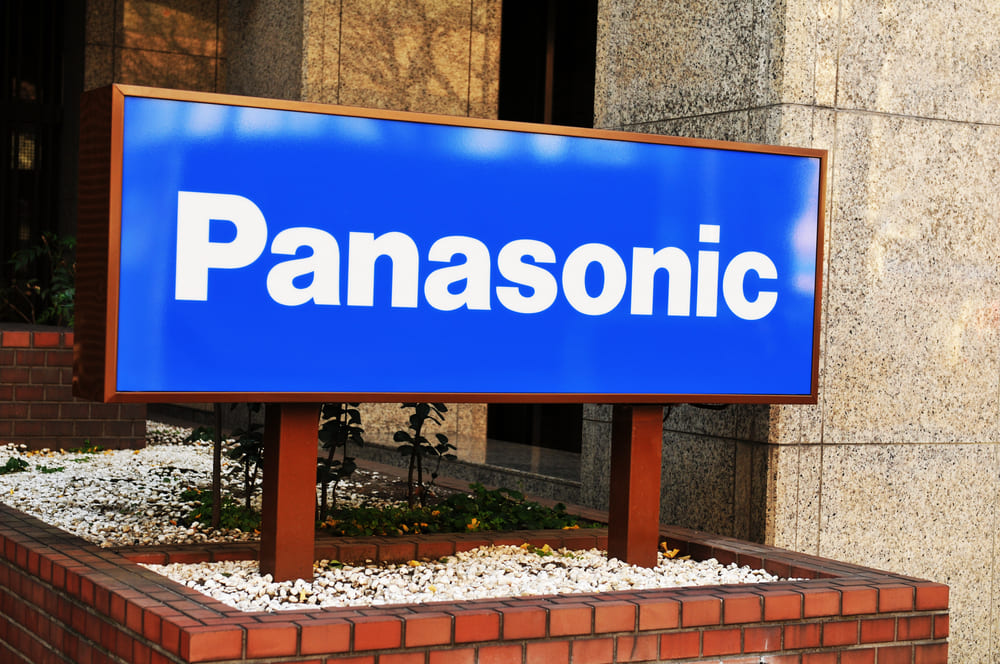Panasonic Connect Europe shared its view on the present and future of robot welding. The use of robots is increasingly widespread in many areas of automation and manufacturing production, where they are already demonstrating potential transformative value. Let’s see it better in detail.
Robot Welding, the forecasts of Panasonic researchers
The researchers predict that the global robotic welding market will reach a value of 10 billion euros by 2027with a compound annual growth rate recorded since 2021 of 8.83%.
This growing market demand is fueled by a number of reasons. First, skilled welding labor is increasingly difficult to find and increasingly expensive. Robotic welding systems are faster and more accurate and effective in improving the speed and quality of order fulfillment. Finally, robotic systems do not tire, so there is an improvement in activity times and cost savings, given by the more efficient use of materials.
La parola a Sergio Maeda, Head of Robot & Welding, Panasonic Connect Europe
Sergio Maeda, Head of Robot & Welding, Panasonic Connect Europe: “In my 20 years of experience working in robotics I have never been so optimistic about the potential these robotic welding systems have to help manufacturing companies, of any size, in Europe. Opportunities abound. The European automotive industry, with the need for customized and complete ready-made solutions, is one of the market sectors in which these technologies can be of support in satisfying specific needs. We also see a potential use in the field of agricultural production”.
Automated robotic welding
The modern solutions on the market concern automated robotic welding for all processes, including ME, MAG e TIG, and laser welding of aluminum, stainless steel and steel. The Panasonic range offers in this area for example a unique integrated robot and welding solution called TAWERSwhich combines the robot and controller with welding power source and servo puller in one unit.
Integrating CPU intelligence with the robot’s welding power source means faster communication speeds resulting in much higher process quality and cycle times. Since all system components are manufactured by Panasonic, this solution also ensures optimization of maintenance interventions.
Patented technology Wavelength Beam Combining (WBC) of Panasonic produces direct diode lasers with high energy efficiency and superior beam quality. The laser has unmatched performance in welding and cutting. It also streamlines manufacturing processes by offering wider process windows, minimizing weld spatter and increasing processing speed.

Management for automation
In addition to the welding robots and systems themselves, manufacturers are also looking to automate processes related to the welding process, reducing labor, costs and improving quality. To help in this area, Panasonic also offers a range of automation tools to integrate systems into an automated operation.
For example, the visual weld inspection solution named Bead Eye eliminates the need to perform manual inspections. Bead Eye can perform comparative inspections using good weld data as the primary reference. It can also use the AI engine, educated from Panasonic’s extensive welding experience, to identify faults such as pitting.
In the area of information management, the company has also developed a welding management system called iWNB (integrated Welding Network Box) to automatically correct, log and analyze data. This invaluable information helps troubleshoot production related welding processes by reducing bottlenecks and enabling an advanced level of maintenance planning, all while helping to improve productivity, quality and traceability.















Leave a Reply
View Comments